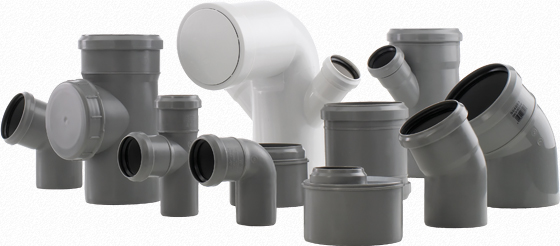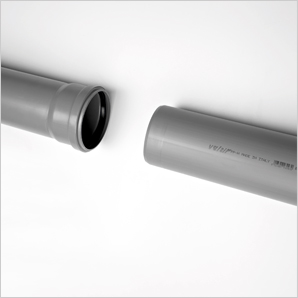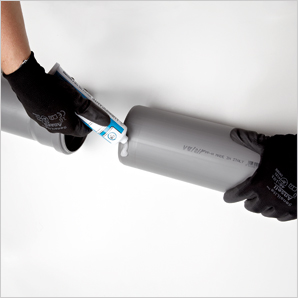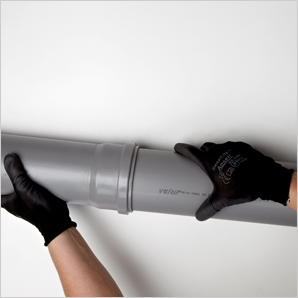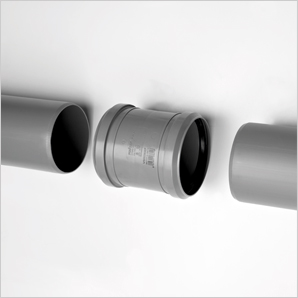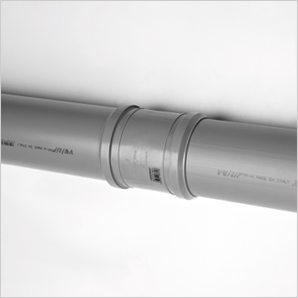To allow the use of leftover pieces of pipe, Valsir supplies a bi-joint sleeve.
To allow the use of leftover pieces of pipe, Valsir supplies a bi-joint sleeve. This is a special fitting that allows two pipes without sockets to be connected guaranteeing hydraulic tightness without compromising flow rates.


